Deciding where to live is not always easy.
You have to consider the housing and job market, things to do, and safety, for starters.
Learn some of the additional primary pros and cons of living in Dallas before you relocate there.
It may not be for you, but you never know unless you do your research.
If you’re undecided about living in the city or country, by the way, you probably would choose a suburb near downtown.
However, I will leave that decision to you.
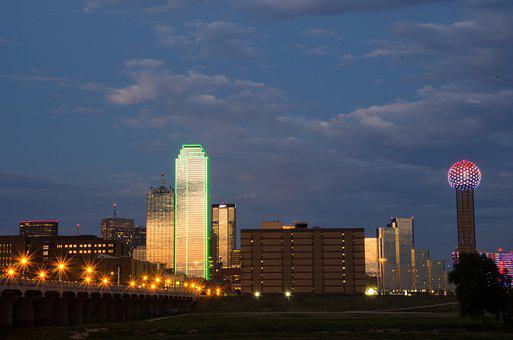
Contents
Pros of Living in Dallas
1. Lower Big-City Housing Costs
Even though the overall cost of living in Dallas is a little more than the national average, its housing costs come in at 9.1% lower.
Healthcare may cost you 4% less here than in other locations too, and even groceries are slightly cheaper here than in some other places.
Compared to Other Major Cities
Concerning the overall cost of living, Dallas is less expensive to live in than New York, Los Angeles, Boston, Denver, Chicago, and Austin.
The largest cost difference is between NYC, which costs 84% more to live in than Dallas.
If you want to settle in a metropolitan area but for cheaper, Dallas just might be for you.
2. Diverse Choice of Neighborhoods
For me, knowing what kind of people my neighbors would be is probably my number one priority.
It is not always easy to know that before you move to a place.
I would definitely check out the demographics before I decide where to live, and you can too.
Lucky for you, it is possible to find a neighborhood for any life stage you are in if you live in Dallas.
Let’s say you just graduated high school, for example.
If so, you maybe would want to live in an area where people either still go to college or near where young professionals live and socialize.
Creative people, on the other hand, might want to be near other entrepreneurs, artists, and musicians.
If you have a family with young children, you would probably be more concerned about safety, schools, and parks.
There are also more than 30 retirement communities in the Dallas Fort-Worth area, ranging from completely independent to full-service care facilities.
3. No Income Tax
Texas does not charge income taxes, and the state also does not require you to pay corporate taxes.
You will, however, still need to file federal income tax returns and also pay the state sales and property taxes, among other miscellaneous fees that pertain to you.
4. Car Not Always Necessary
The city does have plenty of drivers.
However, you do not always need a car and could plan to live near one of the 120 available bus routes and 72 miles of light rail lines.
Many people also walk or take a bike to work, and it’s not uncommon to have a job in your neighborhood.
5. Doctor’s Availability
Dallas has 5,000 active, high-quality doctors within its city limits.
This location also ranks high on the Milken Institute’s best successful aging list.
6. Thriving Job Market
Built-In, a career website, lists some of the companies with the most employees in Dallas.
These include AT&T, which has 240,000 or more people working for it.
Capital One has about 48,000, and Texas Instruments has about 29,000.
Pinnacle Group has more than 8,0000, and Telvista has 7,000.
It should not be hard to find a job here.
If you prefer to work for a smaller company, the Dallas Chamber also provides information about businesses that have fewer than 2,000 people.
7. Plenty of Outdoor Activities
One of Dallas’ latest outdoor park developments in the works is the Trinity River Corridor Project.
This includes the Great Trinity Forest, which measures 6,0000 acres.
It includes wetland ponds at the Audobon Station, a Gold Course, and bird-watching spots.
You also can hike, bike and kayak.
The Trinity River itself has three forks, and it runs more than 700 miles to Lake Livingston.
The Trinity Corridor website says it’s “the longest river contained within a single state.”
The waters from the Trinity River eventually make their way to Galveston Bay, then, they enter the Gulf of Mexico.
The Corridor project started in the 2000s, and if completed, it would be 10 times the size of New York’s Central Park.
It is not the only outdoor fun and nature spot, however.
You also would have access to almost 400 other parks, which totals about 20,118 acres of green space.
Children’s activities within the Dallas Park System include playgrounds and dozens of recreation centers.
For everyone, you’ll find more than 60 miles of trails and hundreds of basketball, volleyball, and tennis courts.
The state has a total of six golf courses, by the way.
Additional parks you might like include the Turtle Creek and Fair Parks.
Both have historic value, whereas Fair Park has ancient Art Deco buildings, and Turtle Creek has 3000-year-old artifacts on its land.
Cons of Living in Dallas
1. Highway Construction
It is hard not to let road construction ruin my summer, let alone thwart my travel plans.
One of the latest frustrations reported in Dallas as of May 2022 is the Arlington I-30/SH 360 project.
This will continue until sometime in 2023, unfortunately, and it probably will not be the last Dallas highway construction project.
2. Traffic Congestion
Construction, road conditions, rush hour traffic, and population overcrowding lead to traffic congestion.
If you must drive instead of using public transportation, avoid the early morning and late afternoon commuter traffic.
The longer you live in Dallas, you will probably learn some back roads that have less traffic on them too.
I did not ever live in Dallas, but I have lived in New York.
Because of this, I can tell you that you do not really need a car that much when living in a metropolitan location.
If you can find a way to travel other than by vehicle, do that.
You will probably get there faster if you walk or bike in some cases.
3. High Pollution By Ozone Levels
Most big cities struggle with some amount of pollution.
It is usually the worst in business districts, urbanized residential neighborhoods, and downtown metro areas.
Texas is no exception.
The American Lung Association lists Dallas, TX as the 16th most polluted city based on Ozone levels.
Dallas is not the most polluted Texas city, however.
The Houston-The Woodlands, and El Paso–Las Cruces areas rank higher in pollution by ozone.
Other studies do indicate that the Dallas-Fort Worth area ranks the 44th worst for particle pollution.
The overall grade for the presence of particles in the area is a “D” as reported in 2022.
4. Urban Sprawl (and Overcrowding)
Depending on where you live in Dallas, do not expect much personal space or privacy.
Some of the most population-dense Dallas neighborhoods include Mobile City, Paloma Creek, and Cockrell Hill.
Mobile City has about 13,800 people living it per square mile.
Paloma Creek has approximately 8,400 people per square mile, and Cockrell Hill has 7.37 people on it per square mile.
Out of 50 U.S. metro areas, Dallas is the 18th most population-dense.
It also has the fourth most number of people living it overall – only beaten by New York, Los Angeles, and Chicago.
If you like the idea of living in a big city but want to choose a neighborhood with fewer people in it, try Coppell, Reunion, or Northwest Dallas.
The Arts District also has far fewer people in it than Main Street, Oak Lawn, or even the City Center District.
5. Steep Property Taxes
You would feel lucky to live where you do not have to pay income taxes at the state or local level.
Do not think you can get away with not paying any taxes at all in Texas, however.
The state has the seventh highest property tax rate, totaling about $3,907 for a $217,500 home as reported on March 2, 2022.
6. Moderately High Sales Taxes
Texas does not have the highest sales tax in the country, but it is up there at the 15th most.
It’s 6.25% at the state level, and its local taxes average about 1.94% (16th highest).
The combined tax total is 8.19%, which comes in as the 12th largest in the U.S.
7. High Transportation Costs
Transportation, including gasoline and car insurance and public metro transit fees, averages about 17 points above the national average.
It is only about 3% above the rest of Texas, however.
In any case, public transportation is always cheaper but not always safe.
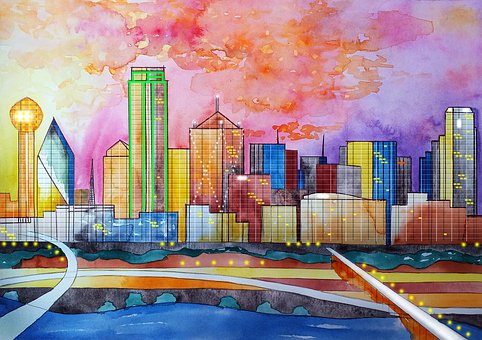
Pros and Cons of Living in Dallas, TX – Summary Table
| Pros of Living in Dallas | Cons of Living in Dallas |
|---|---|
| 1. Lower Big-City Housing Costs | 1. Highway Construction |
| 2. Diverse Choice of Neighborhoods | 2. Traffic Congestion |
| 3. No Income Tax | 3. High Pollution By Ozone Levels |
| 4. Car Not Always Necessary | 4. Urban Sprawl (and Overcrowding) |
| 5. Doctor's Availability | 5. Steep Property Taxes |
| 6. Thriving Job Market | 6. Moderately High Sales Taxes |
| 7. Plenty of Outdoor Activities | 7. High Transportation Costs |
Dallas Safety Overview
READ THE FULL REPORT: Dallas Safety Review
Safety Index: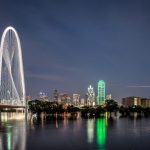
- OVERALL RISK: MEDIUM
- TRANSPORT & TAXIS RISK: LOW
- PICKPOCKETS RISK: MEDIUM
- NATURAL DISASTERS RISK: MEDIUM
- MUGGING RISK: MEDIUM
- TERRORISM RISK: MEDIUM
- SCAMS RISK: LOW
- WOMEN TRAVELERS RISK: MEDIUM
Frequently Asked Questions
Is it safe to live in Dallas?
Unfortunately, the overall safety index is 96% less safe than most American cities.
On the other hand, you can find safe neighborhoods to live in.
These include North Dallas, Frisco, Oakdale, Preston Heights, and Lakewood.
Of course, you can also take caution when in crowded areas, such as do not make eye contact with strangers or carry a large handbag on the street.
Where are the cheapest locations to live in Dallas?
If you are a young professional, Deep Ellum might appeal to you.
Median monthly rent is only about $819, which is at least half of what it might cost in other locations.
It is also about 56% safer than the rest of Dallas – inexpensive living and safety are the best combinations.
Lake Highlands is also another good option.
It is even cheaper to live in than Deep Ellum with a medium rent of only $811.
However, it is only about 38% safer than other Dallas neighborhoods.
Oaklawn is a bit more expensive to live in than either Lake Highlands or Deep Ellum – monthly rent may cost you an average of $1,277.
However, it is still safer than 41% of the rest of Dallas.
Where are the least crowded places to live in Dallas?
You could try the subdivision of Granbury, which is about an hour and a half away from Dallas.
It only has a 2020 population of 10,958 in it. Glen Rose, Weatherford Northwest, and Blue Ridge are some nearby less dense places too.
What is the job outlook like in Dallas?
Apparently, it is an area in the U.S. that has the second-slowest job loss rate among 12 large metro areas.
This figure was calculated after the 2020 pandemic started.
It is year-over-year job growth reached 5.7% by 2020.
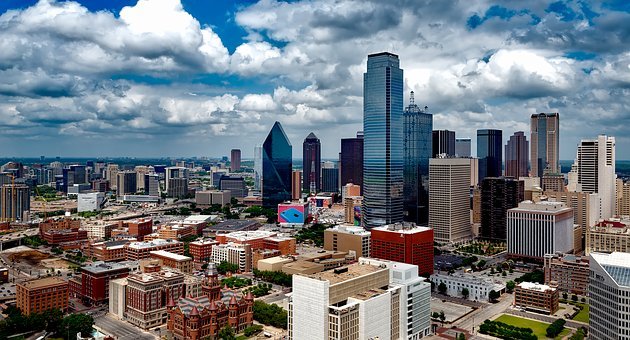
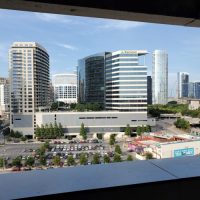
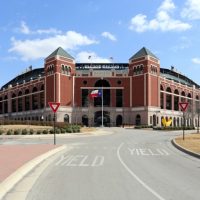
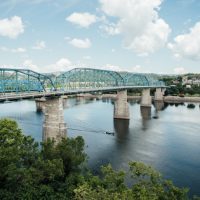
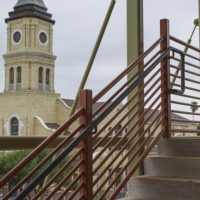
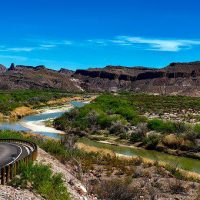
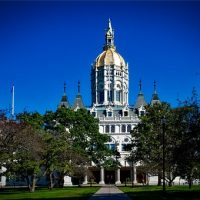





I am an electrician and I have lived in Dallas most of my life, it is become more lively in recent years, many more things to do and the people are good. I highly recommend living here, there are many jobs available for electricians, and also good electrician schools which I had the honor of teaching in some of those on a part-time basis.